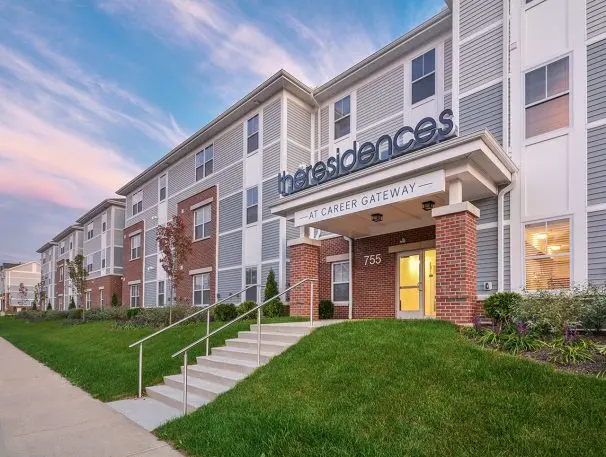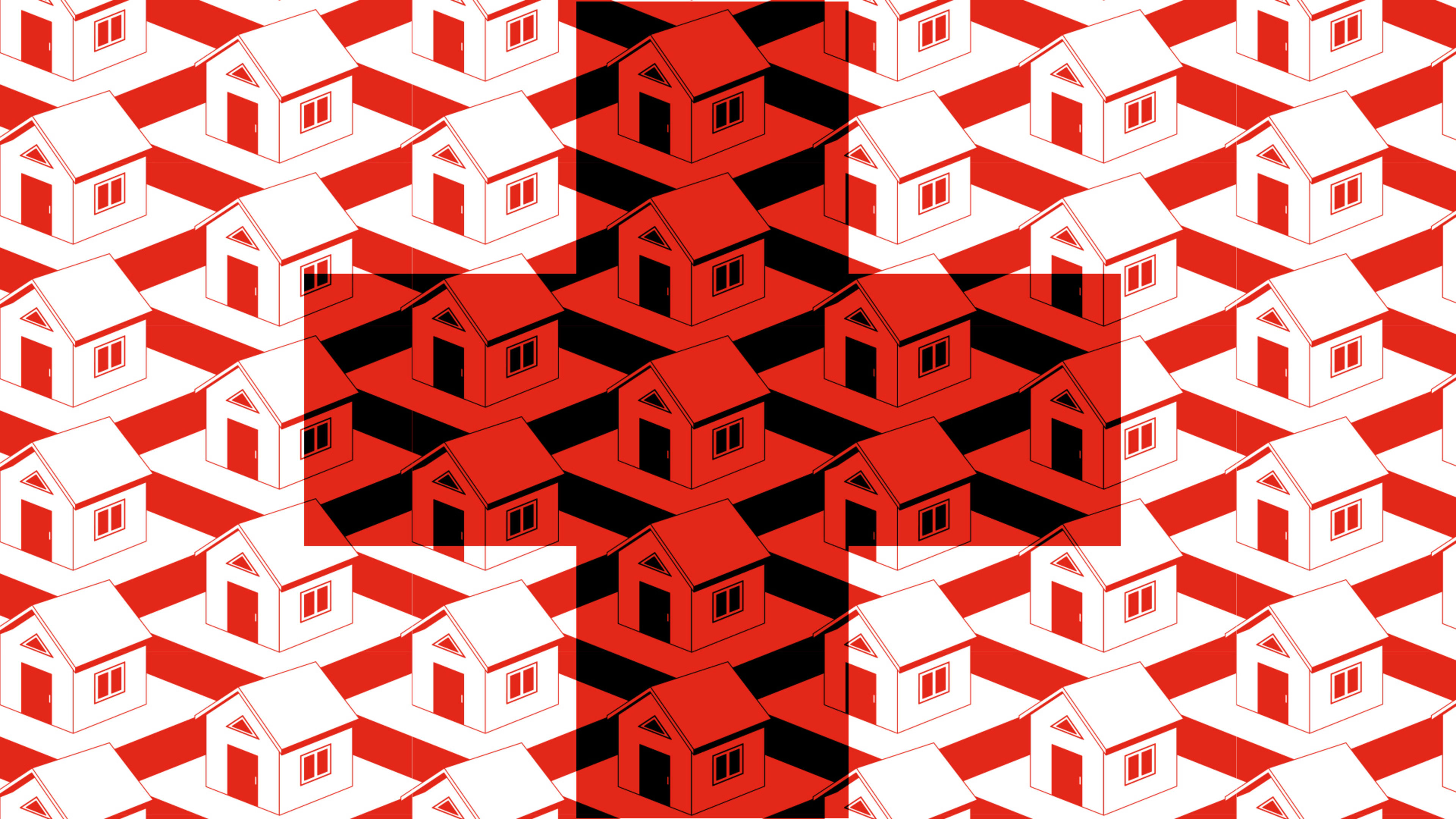A decade ago, a children’s hospital in the Southern Orchards neighborhood in Columbus, Ohio–where half of the children live in poverty–began an experiment. Instead of only treating individual patients, the hospital would begin to treat the neighborhood itself as a patient.
“As a clinician, a pediatrician, it’s very frustrating to give a kid antibiotics for their ear infection or cortisone cream for their rash and then send them back into a war zone,” says Kelly Kelleher, director of the Center for Innovation in Pediatric Practice at Nationwide Children’s Hospital and the author of a recent paper about the hospital’s new approach, called the Healthy Neighborhoods Healthy Families initiative.
The neighborhood, which has a large African-American population, has struggled for years. It was segregated by redlining, and then cut off from downtown Columbus by highways in the mid-20th century. Between 1970 and 2009, more than half of the population moved away. The housing crisis in 2008 made the situation worse; in one census tract, nearly one out of three lots was vacant. As blight spread, so did a local gang, and violence grew. The rate of violent crime in the 2000s was nearly three times higher than the rest of the city.

At Nationwide Children’s Hospital, on the edge of the neighborhood, employees were robbed walking to their cars after work. Patients didn’t feel safe. And the hospital knew that the neighborhood’s problems–from dilapidated houses and homelessness to struggling schools–were impacting health at a larger scale. In 2008, the hospital also became an “accountable care organization” under Medicaid, which meant, in part, that it had to cover costs for sick children.
“Basically, we were fully financially at risk for all of those children in that community, and they were using the emergency room a lot, as you can imagine,” says Kelleher. Asthma rates were high, as was the rate of infant mortality. Children struggled with behavioral problems, and schools were disrupted by violence. The illnesses and injuries were both a major social problem and costly for the hospital. “It was an expensive population, so the accountants said, how are we going to pay for this?”
After meeting with stakeholders in the neighborhood, the hospital decided to partner with other organizations to help the neighborhood improve. Housing and blight was the first priority. “[Housing] was a visible stake in the ground for everybody to provide hope in the neighborhood,” he says. “You start to see the houses in the neighborhood get cleaned up, and kids want to come out and play more, families feel comfortable letting their kids walk to school, people are outside getting to know each other.”
Since the work began, the program–a partnership with United Way, the City of Columbus, and others–has renovated dozens of single-family homes, built new homes, and given home improvement grants to more than 100 homeowners. It helped transform an abandoned elementary school into a low-cost apartment and townhouse complex with on-site job training that can lead to jobs at the hospital. As the neighborhood has improved, home values and rents have increased–the next challenge is to make sure that low-income families can continue to live there. The hospital and its partners are now working to add around 500 units of low-income rentals to the neighborhood.

Since the changes began in 2009, the vacancy rate has dropped from 25% to 6% in 2016, the most recent year that data is available. The high school graduation rate went up. The homicide rate declined, and no homicides occurred in the neighborhood in the past year. The hospital is now beginning to evaluate the impacts on children’s health. Early reports from the hospital’s insurance company indicate that emergency room use has declined compared to use by kids from nearby neighborhoods. A six-year survey of random residents, now halfway complete, shows year-by-year increases in their satisfaction with the neighborhood. The hospital will be studying impacts on specific diseases such as asthma, child abuse reports, crime reports, and how many children using Medicaid have been displaced from the neighborhood.
In some cases, the projects haven’t required major investments from the hospital; in one case, for example, the hospital is the guarantor for the loan for the development. It has a responsibility to make sure the project is a long-term success–its own project managers are involved–but it didn’t have a large capital investment itself. As a hospital, Kelleher says, the organization was well-positioned to help with housing projects. It has experience with developers and the city and zoning. And it has a strong incentive for the work.
Kelleher argues that it’s the type of work that makes sense for hospitals in general. “It’s essential if we want to change things,” he says. “Every city has certain pockets of disadvantage. Those particular pockets account for a disproportionate share of all the challenges children face. They have higher rates of child suicide, higher rates of infant mortality, higher rates of violence against children, higher rates of child abuse. Those things are concentrated in almost every city in just a few neighborhoods. And those neighborhoods are at risk because of historic structural racism and class boundaries . . . if you’re a pediatrician and you look at the numbers, you have to do something to participate in the solution around eliminating poverty in these neighborhoods. Medical care’s never going to change some of these outcomes.”
Recognize your brand’s excellence by applying to this year’s Brands That Matter Awards before the early-rate deadline, May 3.
